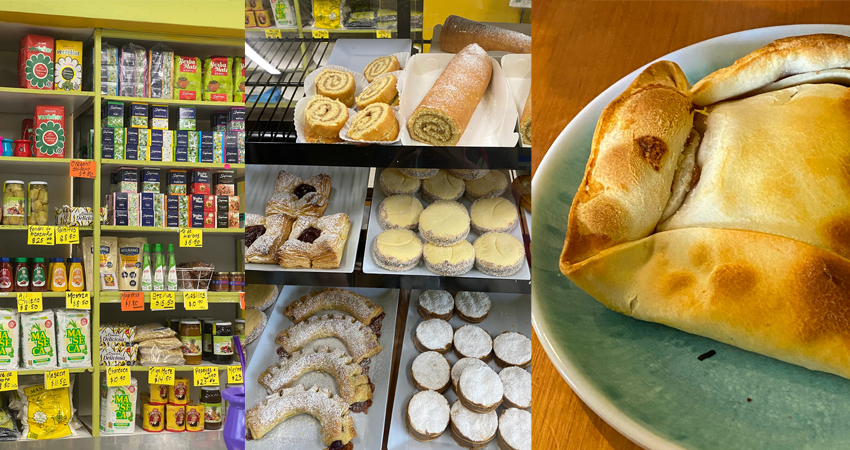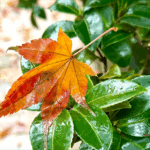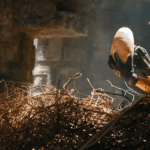A car trip to Fairfield
My mother reminded me that we have been in Australia for 50 years as of last Saturday. I was a little surprised. Firstly it’s always a shock to hear any reminders that I am older than 50. Secondly I hadn’t given it a second thought- how long have we lived in this country? Yet my culture(s) , my past, landing on Australian soil all make up part of my story.
Mum told me this while sitting in the car next to me as we drove to Fairfield.
Fairfield is where I grew up. When we landed in Australia we lived in Wollongong for a little while then moved to Villawood migration centre – it is now a detention centre. It was a lively, happy place with families and kids from many cultures. I loved riding my bike with them and playing in the safe streets of the centre. I remember the smell of the dining room – Kedgeree was on the menu frequently as well as pies and roast dinners. All food that we found very odd, or maybe a little boring.
But then we moved to Fairfield. This is a multicultural suburb in the West of Sydney and back in the 1970s, it was a where a lot of South Americans decided to call home.
My mother and I decided spontaneously to take a trip to the suburb to see what had changed. I had not been back for at least two decades but mum still goes there regularly to get her yerba for her maté.
I still remembered the names of the streets and most of the places we frequented. In a way a lot has changed but many things remain the same.

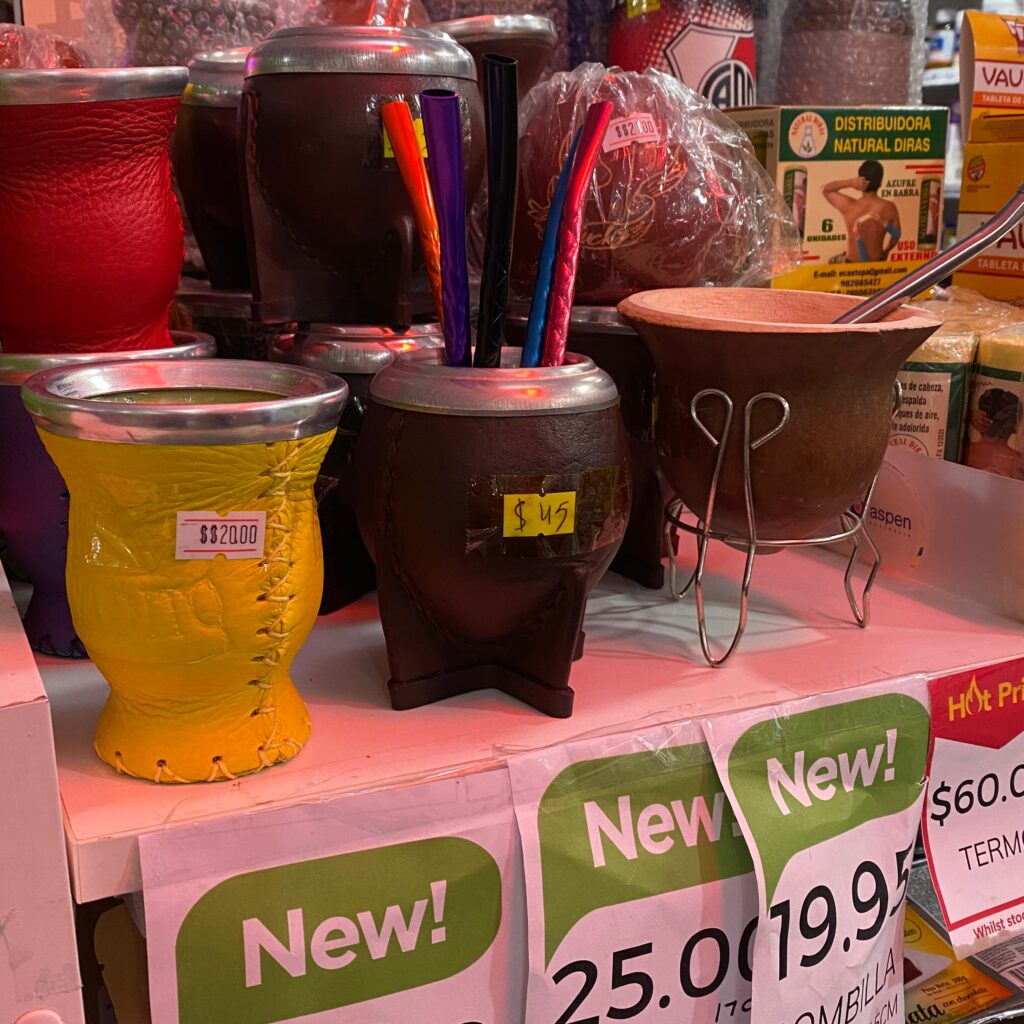
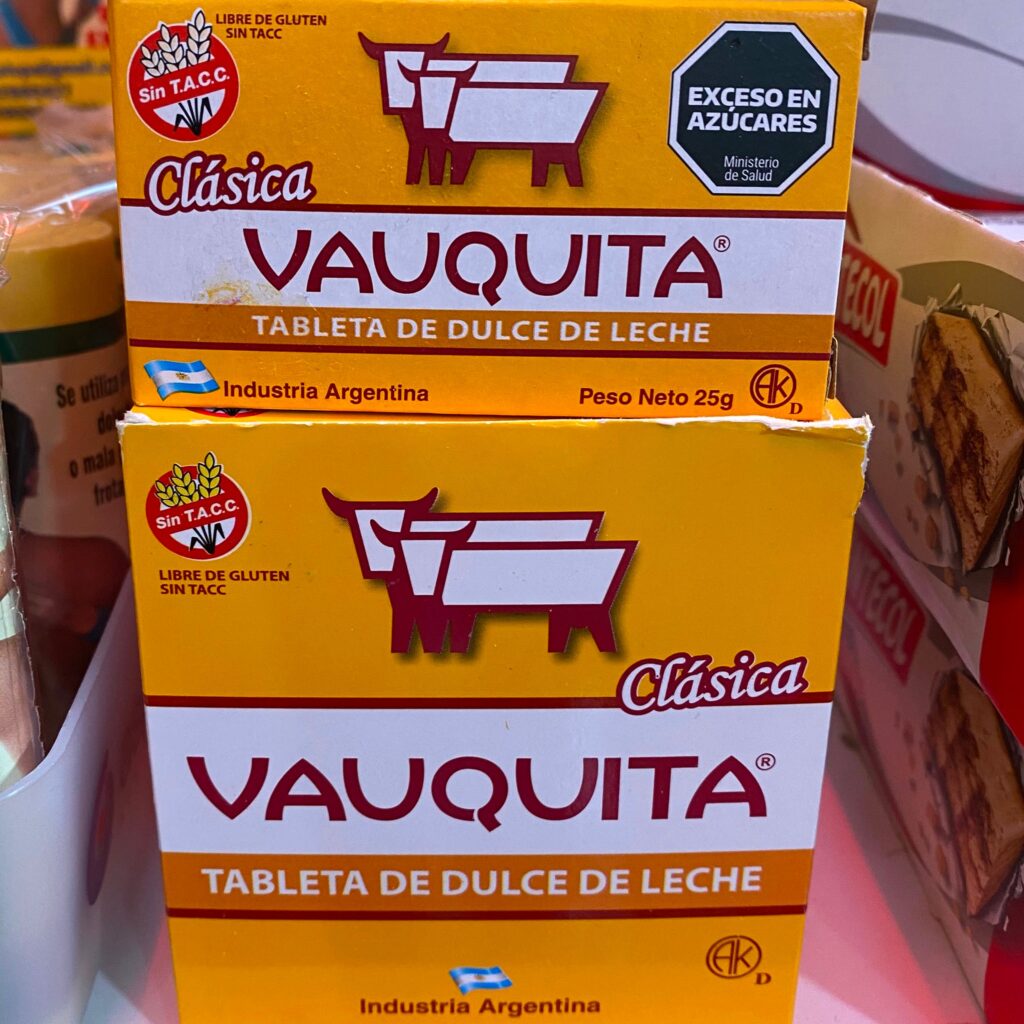
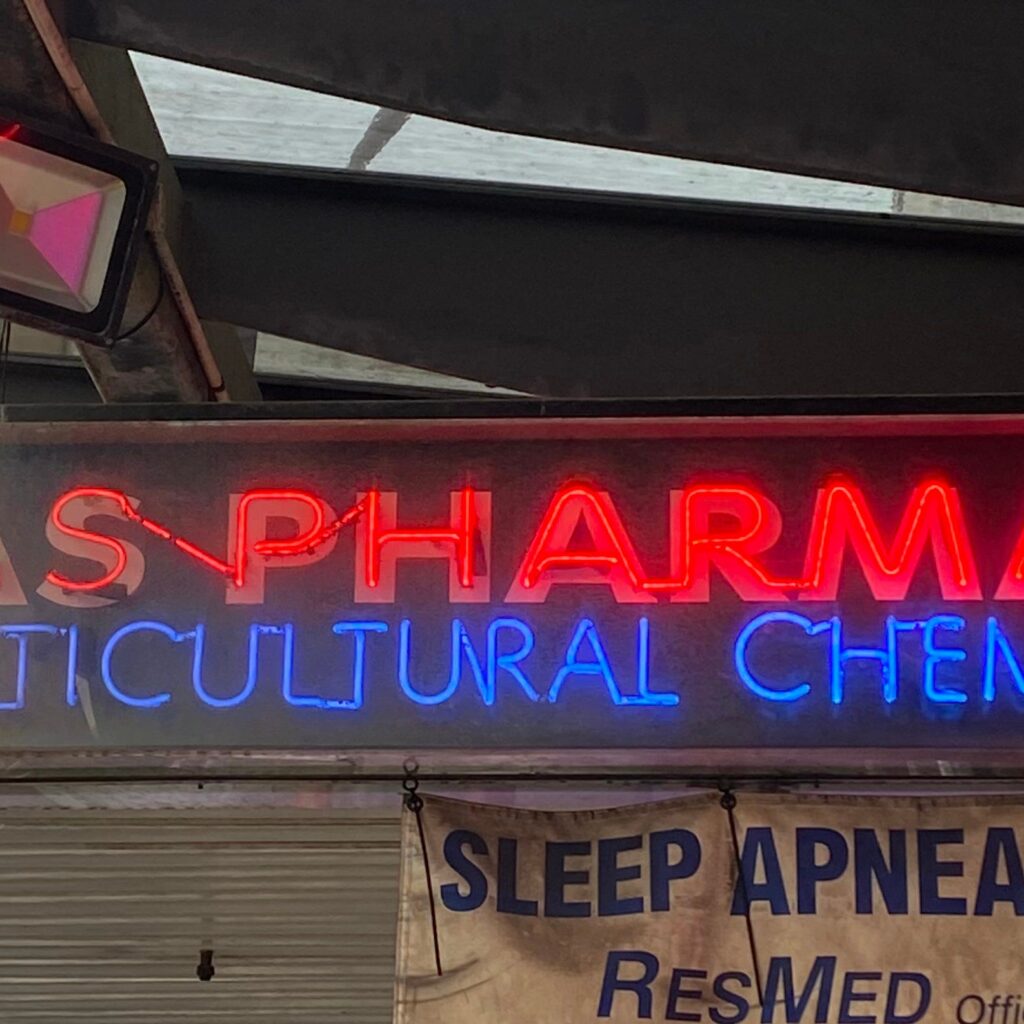

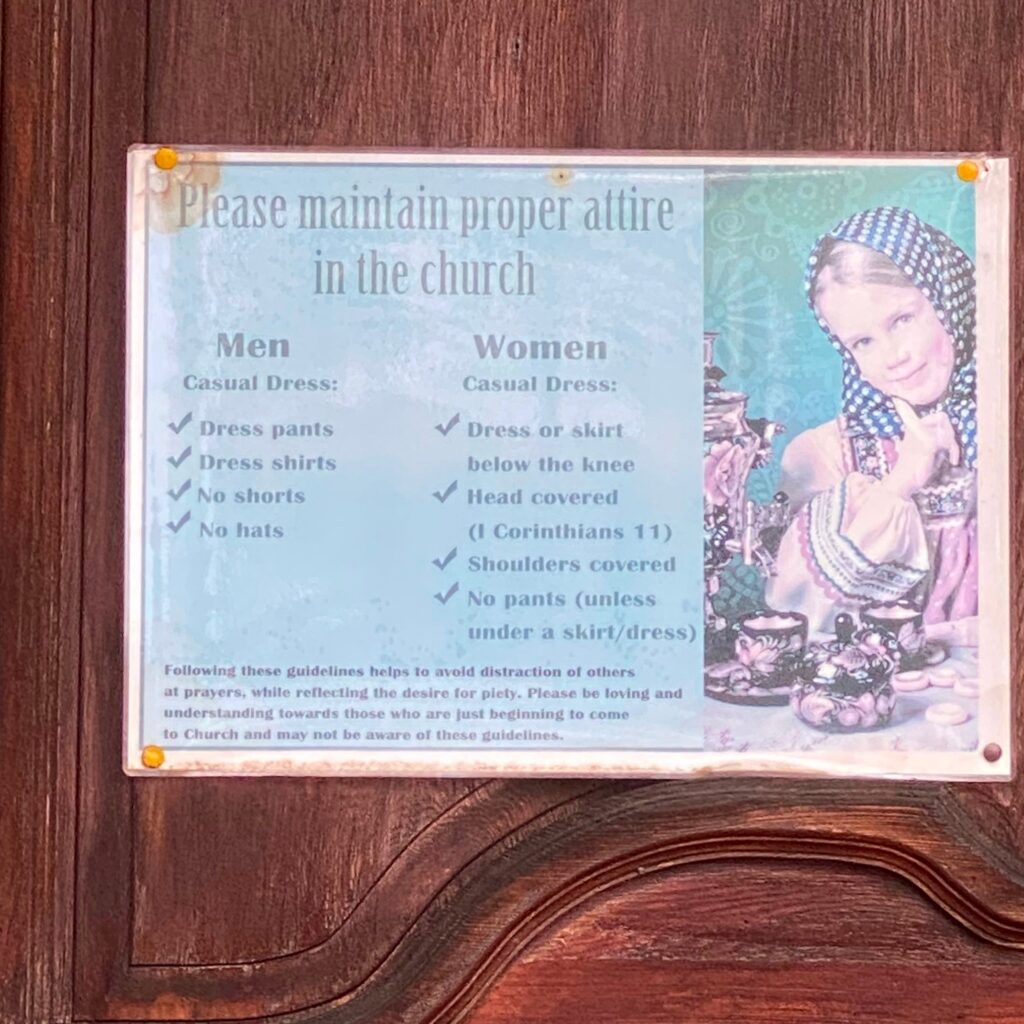
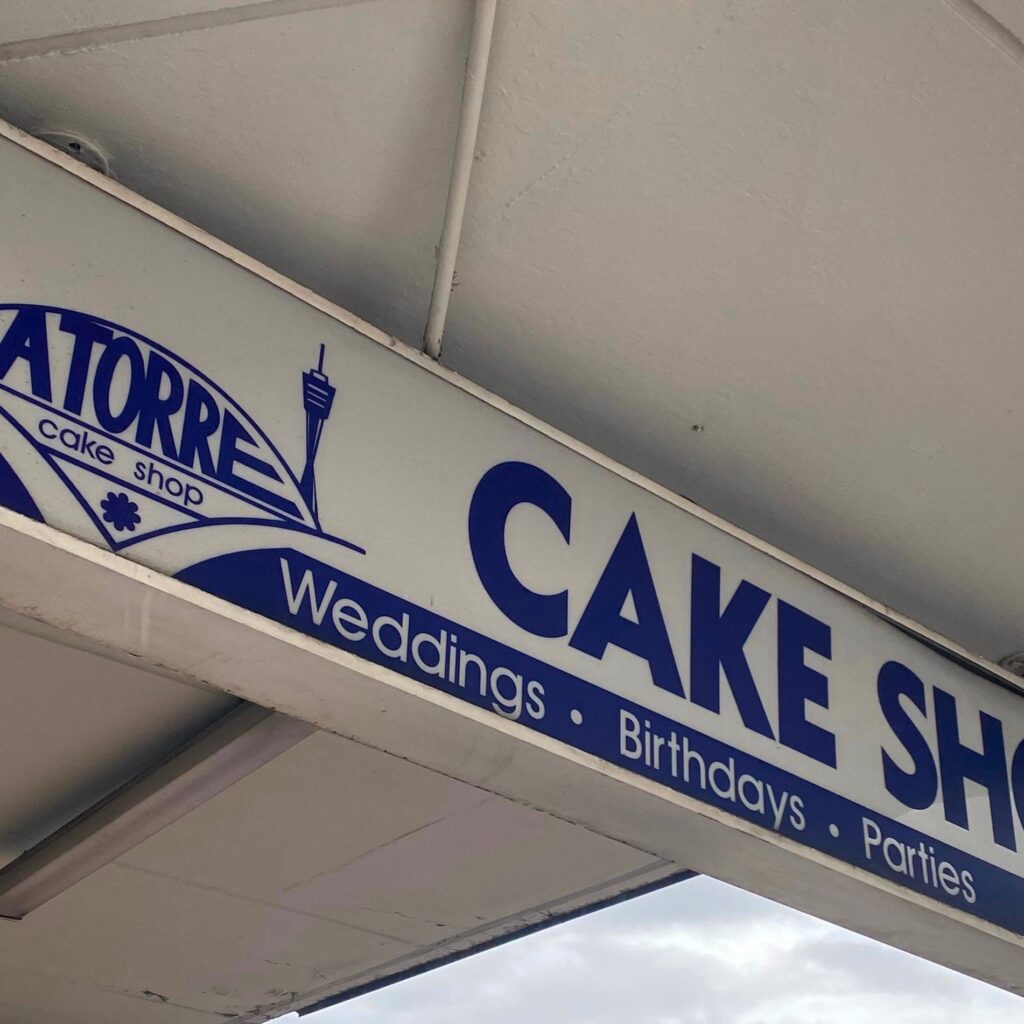
One disappointment is that La Torre cake shop recently closed down. We would go there regularly to get our facturas (pastries), birthday cakes, sandwich de miga and jars and jars of dulce de leche. I loved the place. Bread and sugar was all could smell in that shop.
So we went to La Paula another bakery that is Chilean and supermarket of South American goodies. Mum had an empanada- a meat pie of sorts. We always used to laugh because Chilean empanadas only have one olive in each pastry whereas my mother used to stack her empanadas with olives. Sometimes she’d put sultanas in there which I hated. This shop had gorgeous looking pastries and reminded my of the pastelerias in Buenos Aires when I lived there 25 years ago. Sweet treats stuffed with dulce de leche, membrillo, crema pastelera all dusted with icing sugar.
I asked if they made empanadas that are gluten-free and I got a blank stare. So I asked for the lomito– minute steak smothered in cheese.
Afterwards walking down the road we walked near the unit where we lived and also came across an Russian Orthodox building. The sign had strict rules about what men and women should wear if they entered in and I wondered about how different this part of Sydney is to where I live now in the inner-city. I felt a little sheltered. I also wondered about how possible it is to live well together with such different values. It takes hard work and really listening to each other, respecting alternate views no matter how contrary they are to what we ourselves hold dear. I also ruminated about how far I have come in terms of my values, having grown up in such a conservative family and suburb.
One stand out was going to Elias Pharmacy which has been around for over 25 years. We went in and the people behind the counter and the pharmacist all spoke to us in Spanish. There were plenty of products from Argentina. One which I really miss is Vauquita (little cow) dulce de leche tablets. If I needed a quick sugar hit I’d pop one of them into my mouth while walking down the gritty streets of Buenos Aires as I was rushing to teach an English class. I’m glad there is a warning on them now that the product has “excess sugar” in it.
There is another place famous among Latin Americans there called Tierras Latinas where you can find food from all over South America. I bought some chips called “Inca chips” made of plantains. I found herbal teas called cat’s claw, dulce de leche flavoured coffee (see a trend in food here?), guava paste which I grew up on. I would have it on toast with cheese for breakfast.
It was lovely how the trip connected me to mum. I spoke Spanish with her more than usual and she called me endearing names in Spanish which she never usually does. I shared with her that I thought it was so brave to leave your country and all that you know and come to a place that you knew so little about- and it was so far away. She simply said that when conditions are very bad in your home country, although that is your home, if there is even a glimmer of the hope for something more, you do everything you can to leave. We left in 1974 just as the military dictatorship was gaining more power in Buenos Aires. When in Australia, we heard about the disappeared, those dropped in the ocean, babies stolen from their parents and the clamp down on free speech and the suspicion of intellectuals. The Buenos Aires Herald a local newspaper was persistent in calling out the horrors at the time, it was a risky thing to do. I was privileged to write for the Herald when I lived in Buenos Aires 35 years ago.
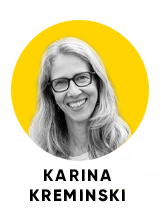
As I commented to mum in the car, how different our lives would have been if we had stayed there and not immigrated to Australia. We both reflected on that as we drove home.
Rev. Dr Karina Kreminski, Mission Catalyst – Formation and Fresh Expressions, Uniting Mission and Education. Karina also blogs and this article is reprinted with permission from This Wild and Precious Life.



